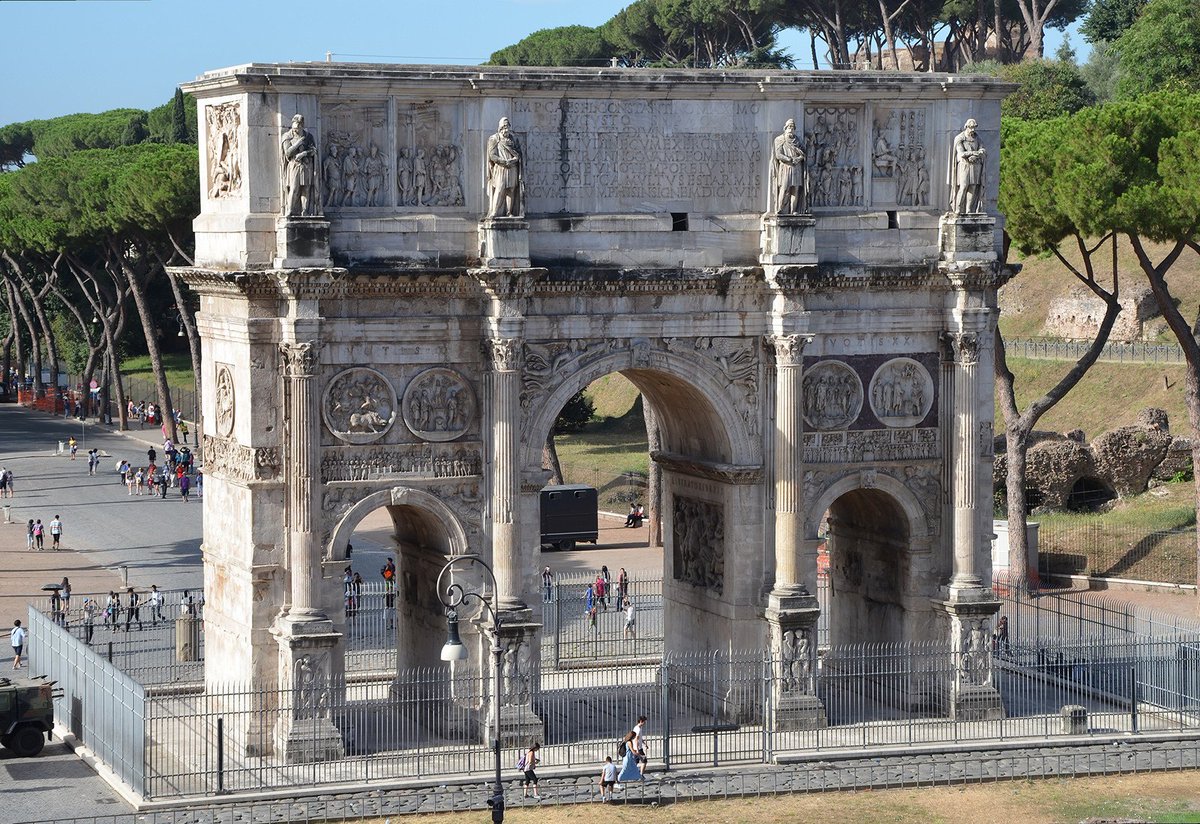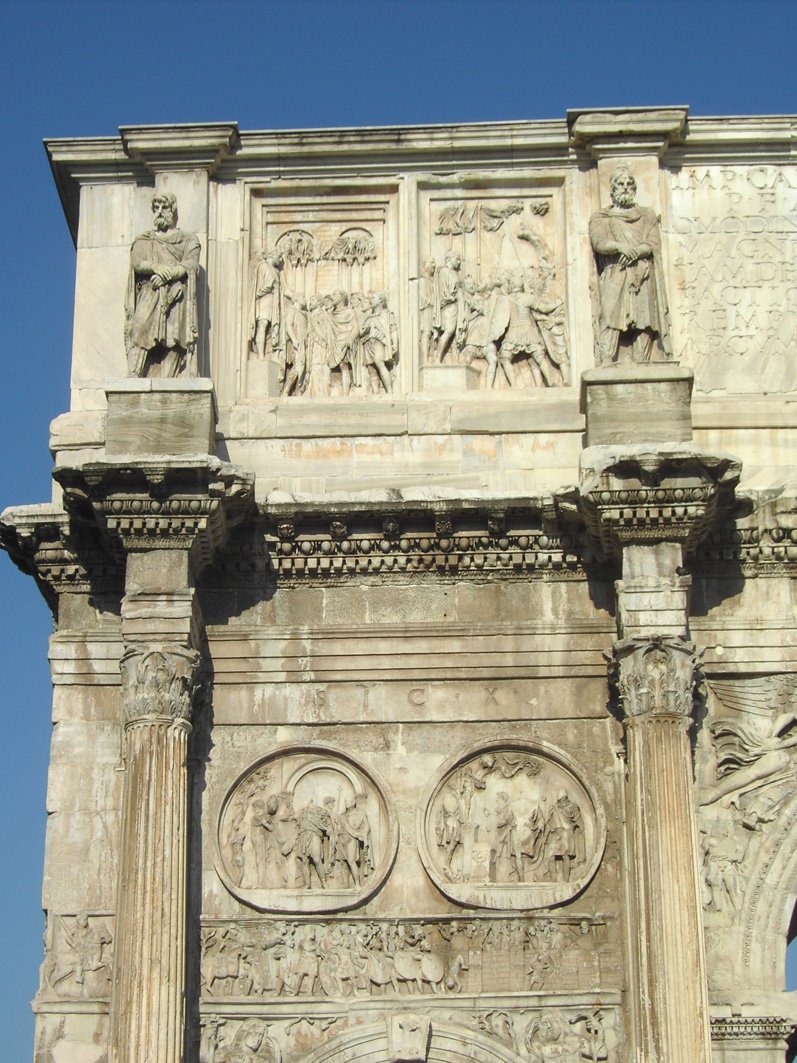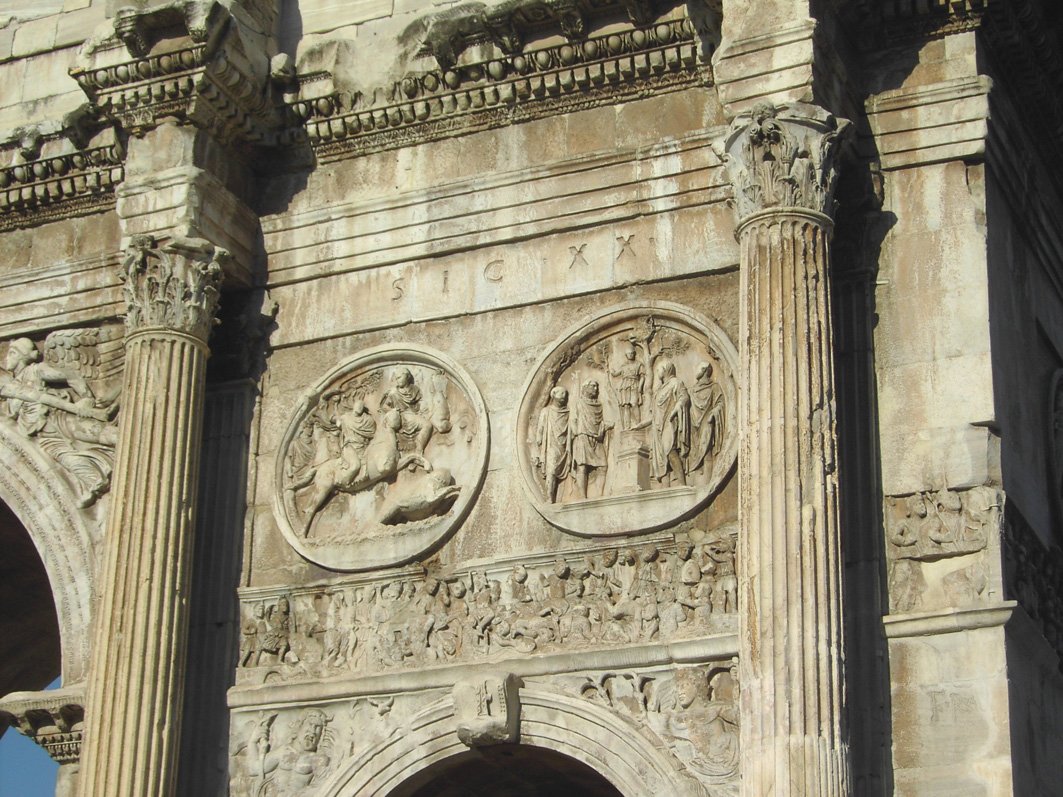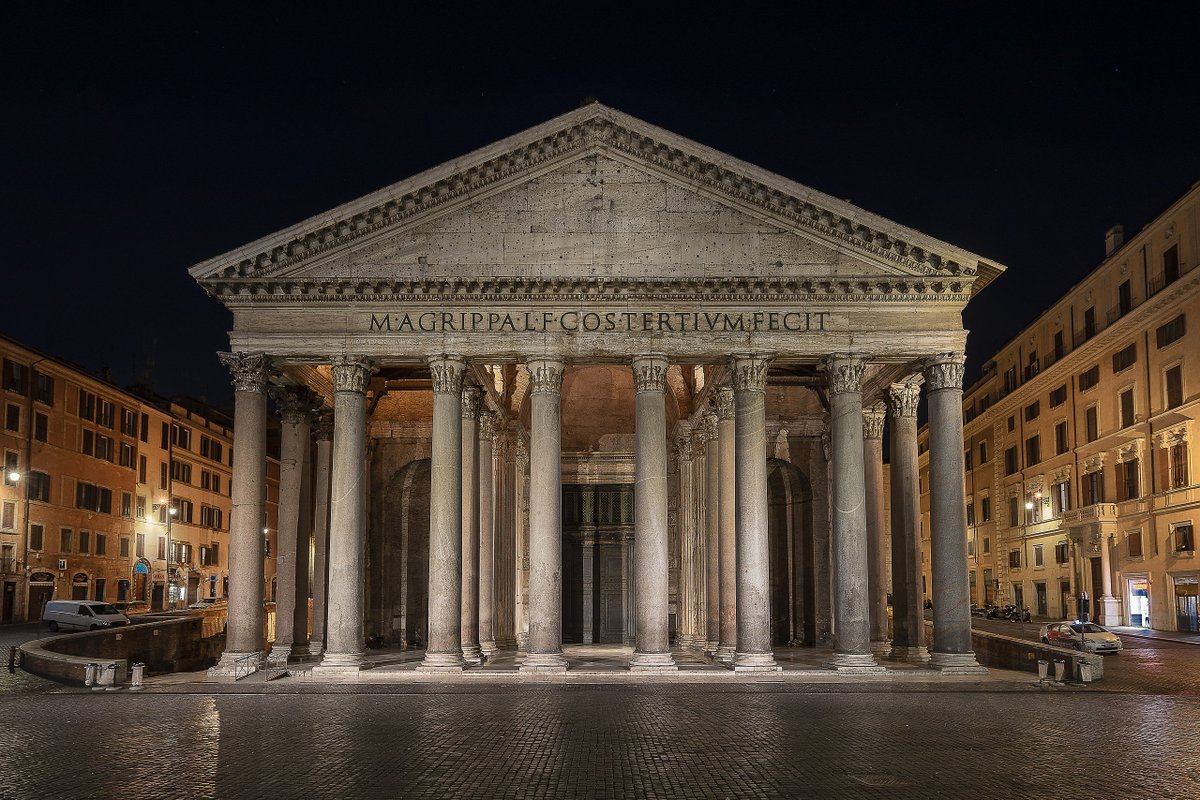Discover and read the best of Twitter Threads about #romansitesaturday
Most recents (12)
The Roman Aqueduct in Segovia, Spain.
Built to last almost 2,000 years ago.
Without the need for mortar! 🤯
📷 my own
#RomanSiteSaturday
#Archaeology
Built to last almost 2,000 years ago.
Without the need for mortar! 🤯
📷 my own
#RomanSiteSaturday
#Archaeology

I took this photo from the other side. If you zoom in, you can see where the aqueduct turns a corner and changes from two arcades to one 

It was constructed using large unmortared bricks of granite ashlar. Indent holes in the ashlar blocks show where ancient crane clamps lifted them into place. Grooves at the top of the blocks show where iron levers were used to manoeuvre them into position.
#Archaeology
#Archaeology

#RomanSiteSaturday - The Arch of Constantine 🏛️
(1/7) Situated in Rome between the Colosseum and the Palatine Hill, this imposing triumphal arch spans the Via Triumphalis, a road taken by victorious Roman generals celebrating a triumph.
#Classics #Rome #Archaeology #History
(1/7) Situated in Rome between the Colosseum and the Palatine Hill, this imposing triumphal arch spans the Via Triumphalis, a road taken by victorious Roman generals celebrating a triumph.
#Classics #Rome #Archaeology #History

#RomanSiteSaturday The Tomb of Eurysaces the Baker 🏛️💀🍞
(1/7) The witty and entertaining tomb of Marcus Vergilius Eurysaces is one of the best-preserved freedmen funerary monuments in #Rome and sits in a prominent position at the Porta Maggiore.
#Classics #Roman #Archaeology
(1/7) The witty and entertaining tomb of Marcus Vergilius Eurysaces is one of the best-preserved freedmen funerary monuments in #Rome and sits in a prominent position at the Porta Maggiore.
#Classics #Roman #Archaeology

#RomanSiteSaturday - Pyramid of Cestius 🏛️
(1/9) Located in #Rome, the Pyramid of Cestius is one of the best preserved classical buildings in the city. Moreover, as an imitation of an #Egyptian pyramid, it is also one of the most unique.
#Classics #Roman #Archaeology #History
(1/9) Located in #Rome, the Pyramid of Cestius is one of the best preserved classical buildings in the city. Moreover, as an imitation of an #Egyptian pyramid, it is also one of the most unique.
#Classics #Roman #Archaeology #History

#RomanSiteSaturday - Fishbourne Roman Palace🏛️
(1/8) Located in Chichester, #England, Fishbourne Roman Palace (@romanpalace) is an incredible example of Roman residential architecture and is thus far the largest building known from #RomanBritain.
#Classics #Roman #History
(1/8) Located in Chichester, #England, Fishbourne Roman Palace (@romanpalace) is an incredible example of Roman residential architecture and is thus far the largest building known from #RomanBritain.
#Classics #Roman #History

#RomanSiteSaturday - The Temple of Augustus 🏛️
(1/6) The stunning Temple of Augustus is situated in the city of Pula in #Croatia, and stands as one of the best preserved Greco-Roman temples outside of Italy.
#Classics #ClassicsTwitter #Roman #History #Archaeology

(1/6) The stunning Temple of Augustus is situated in the city of Pula in #Croatia, and stands as one of the best preserved Greco-Roman temples outside of Italy.
#Classics #ClassicsTwitter #Roman #History #Archaeology
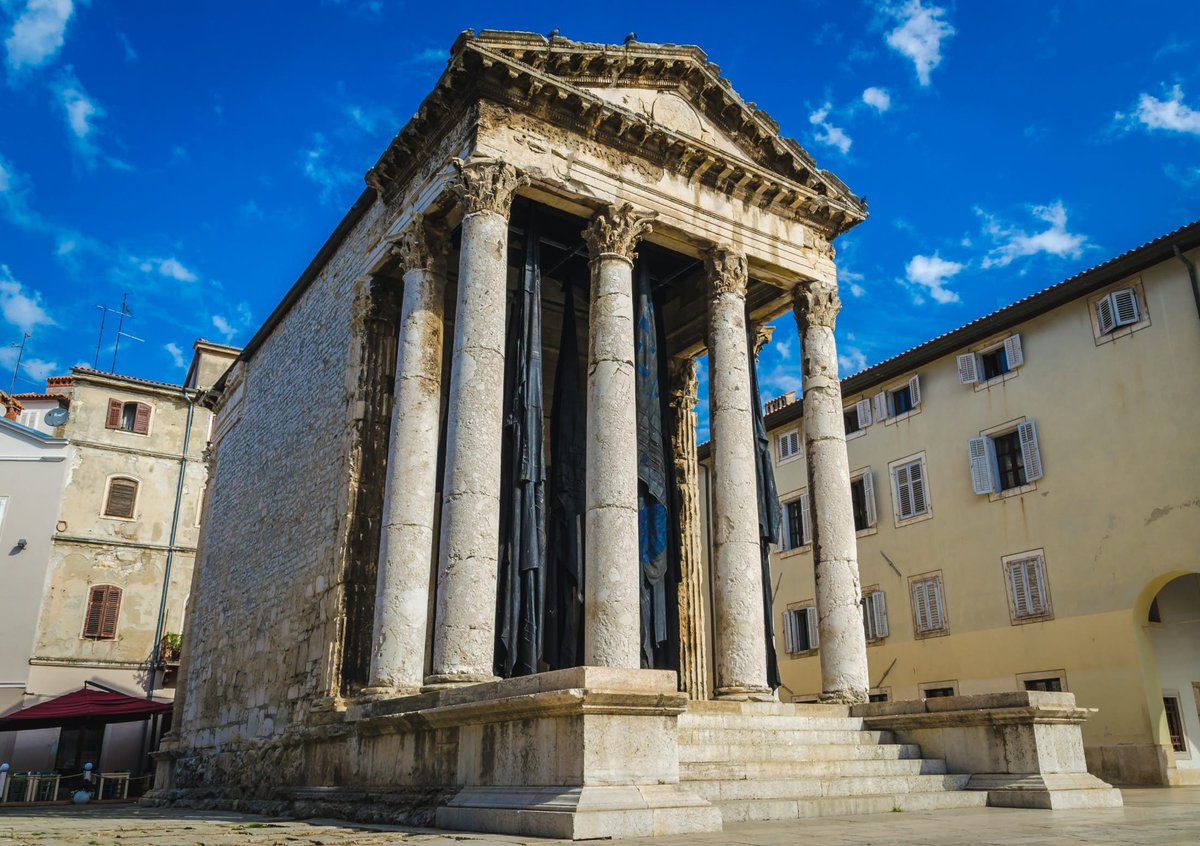
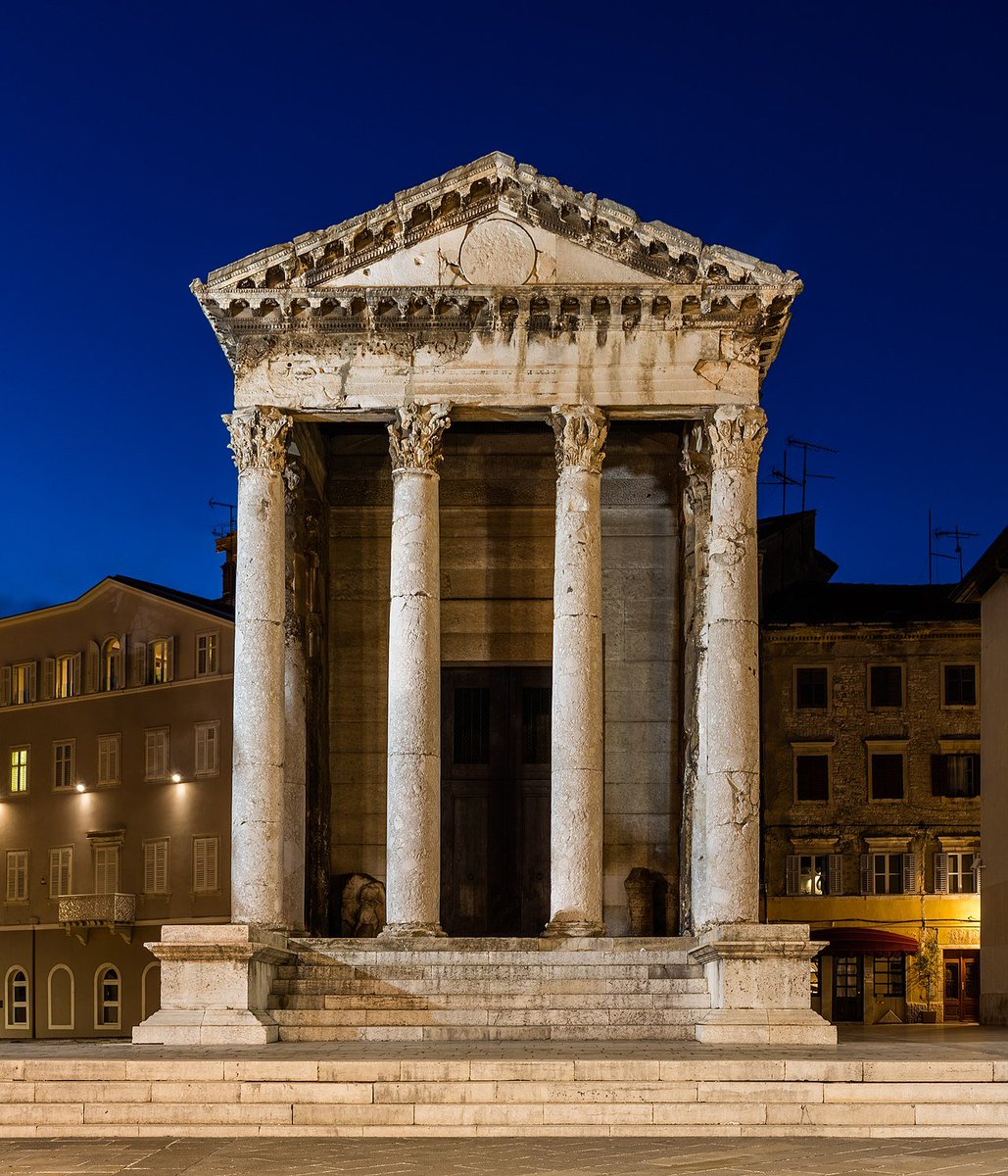
#RomanSiteSaturday - The Theatre of Marcellus 🏛️🎭
(1/6) Known to the Romans as the Theatrum Marcelli, this stunning ancient open-air theatre sits in the heart of Rome and once had a capacity of up to 20,000 spectators!
#Classics #Rome #Archaeology #Roman #History
(1/6) Known to the Romans as the Theatrum Marcelli, this stunning ancient open-air theatre sits in the heart of Rome and once had a capacity of up to 20,000 spectators!
#Classics #Rome #Archaeology #Roman #History

#RomanSiteSaturday - The Pantheon🏛️
(1/8) Located in #Rome, Italy, the Pantheon is arguably the best surviving example of Imperial #Roman architecture. Richly decorated with Corinthian columns and a variety of coloured marble, it is truly a remarkable site.
#History #Classics
(1/8) Located in #Rome, Italy, the Pantheon is arguably the best surviving example of Imperial #Roman architecture. Richly decorated with Corinthian columns and a variety of coloured marble, it is truly a remarkable site.
#History #Classics
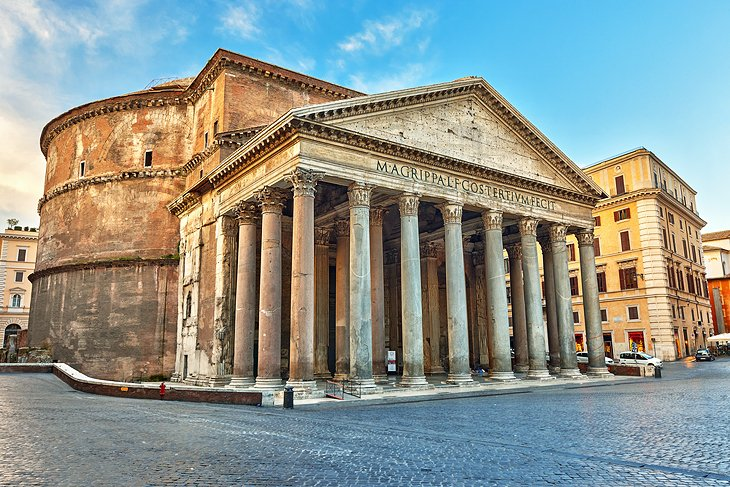
#RomanSiteSaturday - Maison Carrée 🏛️
(1/7) Situated in the French city of #Nîmes, the Maison Carrée ("Square House") is an amazing example of #Roman imperial architecture and among the best preserved temples from antiquity.
#Classics #Archaeology #France #History
(1/7) Situated in the French city of #Nîmes, the Maison Carrée ("Square House") is an amazing example of #Roman imperial architecture and among the best preserved temples from antiquity.
#Classics #Archaeology #France #History

#RomanSiteSaturday - The Temple of Bacchus🏛️🍷
(1/6) Located in Baalbek, #Lebanon, the Temple of #Bacchus is an amazing example of Imperial Roman architecture, adorned with Corinthian columns and lavishly decorated ceilings and parapets.
#Classics #Roman #Archaeology #History
(1/6) Located in Baalbek, #Lebanon, the Temple of #Bacchus is an amazing example of Imperial Roman architecture, adorned with Corinthian columns and lavishly decorated ceilings and parapets.
#Classics #Roman #Archaeology #History

(2/6) Likely constructed under emperor Antoninus Pius (138 - 161CE), the temple is a massive 66m long, 35m wide and 31m tall, which is larger than the Parthenon in Athens! 8 columns wide and 15 columns deep, it features a walled cult room split between two floors and a crypt. 



(3/6) Despite its namesake, it is unknown as to which deity it was dedicated. Archaeological evidence from the site however suggests #Bacchus, as the interior design depicts a god of wine and ecstasy and other Bacchic symbolism like Maenads and revellers. 







#RomanSiteSaturday - The Temple of Garni 🏛️
(1/7) The Temple Garni is situated in the village of Garni in #Armenia, and stands as the only Greco-Roman temple in the nation. It sits on a cliff edge by the Azat River and the Gegham mountains.
#Classics #Archaeology #History
(1/7) The Temple Garni is situated in the village of Garni in #Armenia, and stands as the only Greco-Roman temple in the nation. It sits on a cliff edge by the Azat River and the Gegham mountains.
#Classics #Archaeology #History

#RomanSiteSaturday - The Mausoleum of Hadrian 🏛️💀🏰
(1/7) Hadrian's Mausoleum, more commonly known today as Castel Sant'Angelo, is a stunning cylindrical building on the northern bank of the River Tiber in Rome, Italy.
#Classics #Archaeology #Hadrian #Rome #History
(1/7) Hadrian's Mausoleum, more commonly known today as Castel Sant'Angelo, is a stunning cylindrical building on the northern bank of the River Tiber in Rome, Italy.
#Classics #Archaeology #Hadrian #Rome #History

